Help me save a dieing YEW in New Jersey
stephjmort
17 years ago
Related Stories
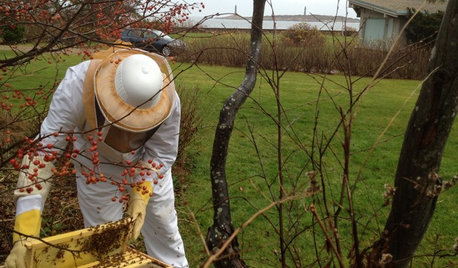
LIFEYou Said It: ‘You Can Help Save the Bees’ and More Houzz Quotables
Design advice, inspiration and observations that struck a chord this week
Full Story
REMODELING GUIDESHouzz Tour: Baroque Minimalism in New Jersey
Modern furniture meets ornate elements in a 19th-century Hoboken brownstone, renovated with respect for its original features
Full Story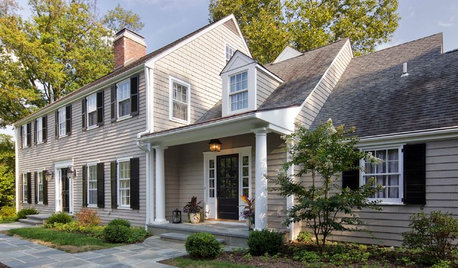
HOUZZ TOURSHouzz Tour: Renovations Modernize a 1970s New Jersey Colonial
Better access to a great yard, an opened-up interior and family-friendly features improved this home for a Princeton family
Full Story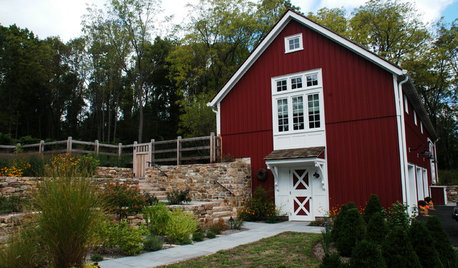
HOUZZ TOURSHouzz Tour: Farmhouse Meets Industrial in a Restored New Jersey Barn
Amish craftsmen, trusting clients and an architect with a vision save a historic barn from a complete teardown
Full Story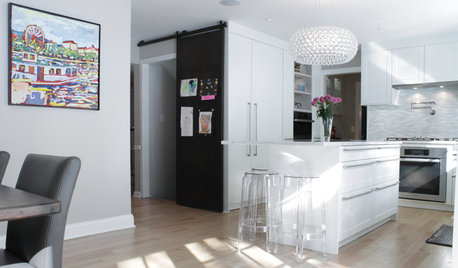
HOUZZ TOURSMy Houzz: Clean Swiss Style in a New Jersey Suburb
Sleek, white finishes and a more open layout give once-traditional interiors contemporary appeal
Full Story
LIFE12 House-Hunting Tips to Help You Make the Right Choice
Stay organized and focused on your quest for a new home, to make the search easier and avoid surprises later
Full Story
ORGANIZING7 Habits to Help a Tidy Closet Stay That Way
Cut the closet clutter for a lifetime — and save money too — by learning how to bring home only clothes you love and need
Full Story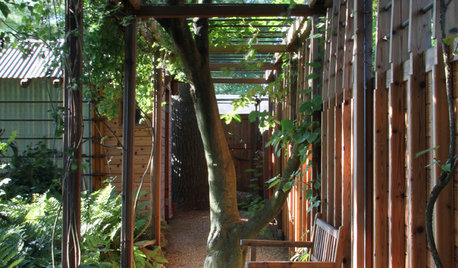
LANDSCAPE DESIGNLandscape Tour: Garden Rooms Edge a Lawn in New Jersey
Built and planted forms combine to create a relaxing suburban backyard oasis
Full Story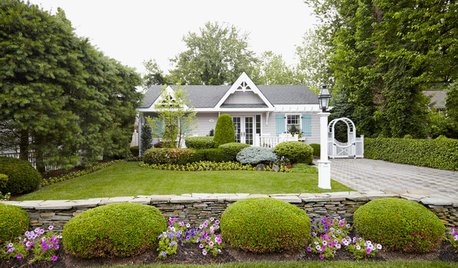
HOUZZ TOURSHouzz Tour: Cottage Comforts on the Jersey Shore
Subtle coastal touches and layers of natural materials warm up this charming home
Full StoryMore Discussions






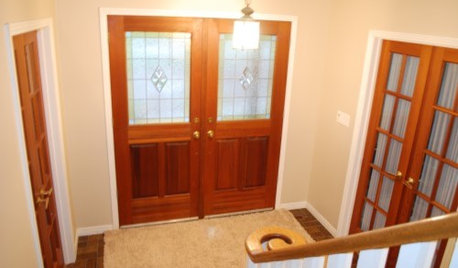

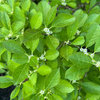
ginny12
ken_adrian Adrian MI cold Z5
Related Professionals
Birmingham Landscape Architects & Landscape Designers · Deerfield Landscape Contractors · Mastic Beach Landscape Contractors · Mastic Beach Landscape Contractors · Roswell Landscape Contractors · Waltham Landscape Contractors · Westchester Landscape Contractors · Bellwood Window Contractors · Mount Kisco Window Contractors · Pawtucket Driveway Installation & Maintenance · Redford Driveway Installation & Maintenance · Carmel Decks, Patios & Outdoor Enclosures · Glendale Decks, Patios & Outdoor Enclosures · Pataskala Decks, Patios & Outdoor Enclosures · South Milwaukee Decks, Patios & Outdoor Enclosuresgardengal48 (PNW Z8/9)
stephjmortOriginal Author